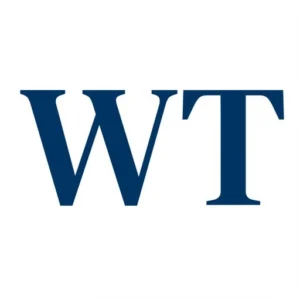
In the UK, inflation for the last month turned out to be lower than anticipated, with the underlying price pressures increasing less than what both the markets and the Bank of England (BOE) had predicted. According to the British Office for National Statistics, consumer prices rose by 4 percent compared to the same period last year, maintaining the same rate as December of the previous year, contrary to the expected rise to 4.1 percent as forecasted by the BOE and private-sector economists.
Last month, services inflation, which is more directly tied to domestic costs, went up to 6.5 percent, slightly below the BOE’s forecast of 6.6 percent. However, it is expected to remain significantly higher than the inflation rate of core goods. Despite the anticipation of inflation dipping below the BOE’s 2 percent target in the near future, policymakers are exercising caution in easing measures due to the persisting tightness in the labor market and indications of economic improvement.
The inflation figures were somewhat balanced out by wage data released earlier in the week, showing a slower-than-expected decline in pay. This led traders to reduce their expectations regarding the extent of interest rate cuts by the BOE for the year.
The UK’s data follows unexpectedly robust price data from the US, which caused traders to adjust their expectations regarding the timing of potential policy changes by the US Federal Reserve. Consequently, the British pound experienced a decline after the release, trading at a one-week low of US$1.2556, down by as much as 0.3 percent.
Nathan Emerson, CEO of Propertymark, said “There is a silver lining in the fact that inflation has stayed the same as we are unlikely to see any increases to borrowing and further strains on the purses of the nation,”
“That being said, the Bank of England made an optimistic projection in February that the rate of inflation would be back down to 2 percent, like it was prior to the [COVID-19] pandemic, and whilst the figure remains at 4 percent, this will be sure to make them cautious about cutting rates.”
Various factors contributed to dragging inflation down, including costs related to groceries, clothing, transportation, furniture, and household goods. However, there were offsetting factors within the basket of goods and services, such as the rise in household energy prices due to a slight increase in regulatory caps from December to last month and the first-time increase in the cost of second-hand cars since May of the previous year.
British Chancellor of the Exchequer Jeremy Hunt remarked stating ““Inflation never falls in a perfect straight line, but the plan is working,”
“We have made huge progress in bringing inflation down from 11 percent, and the Bank of England forecast that it will fall to around 2 percent in a matter of months.”
















